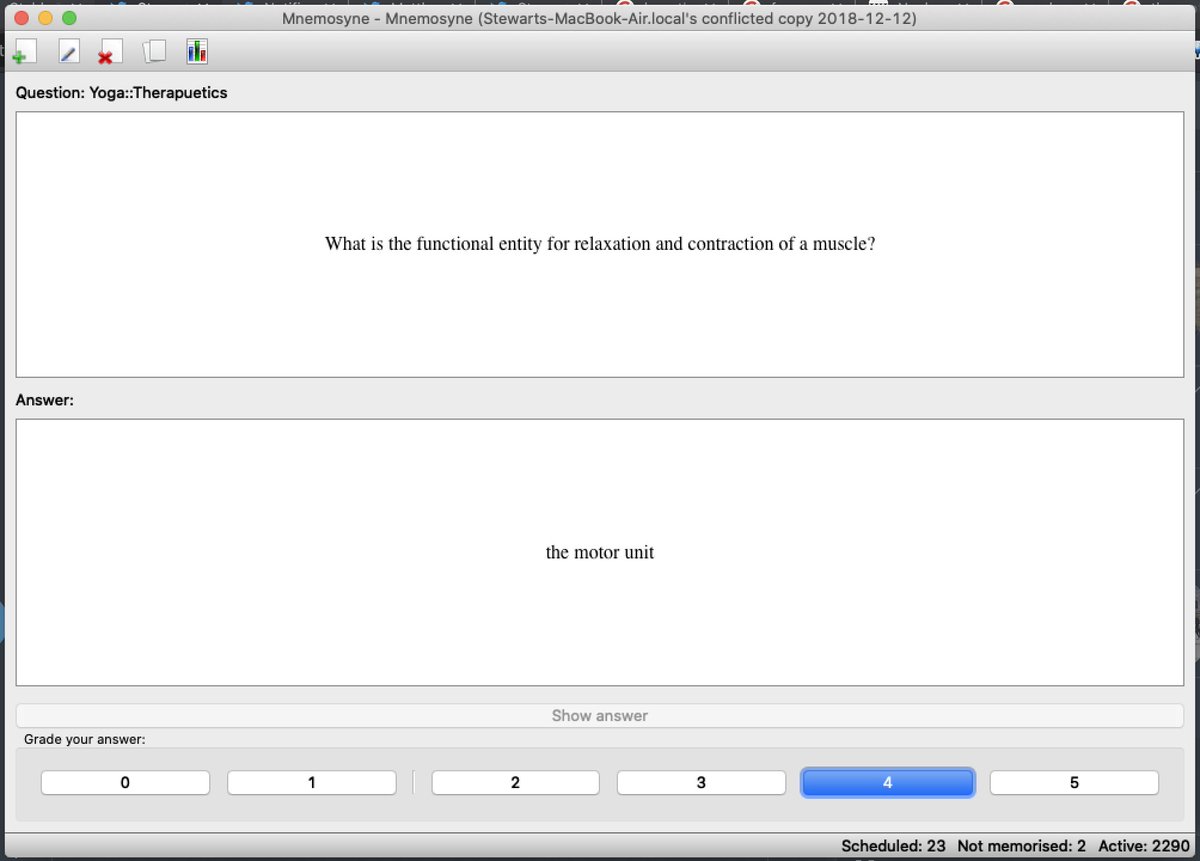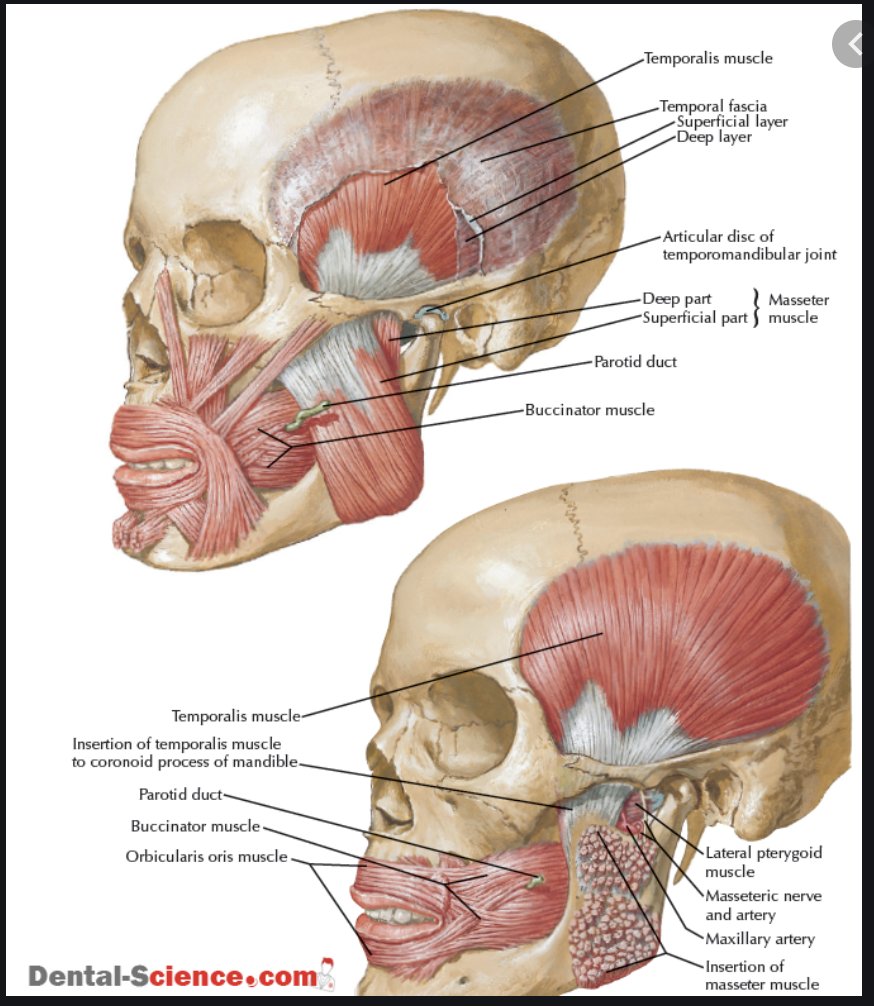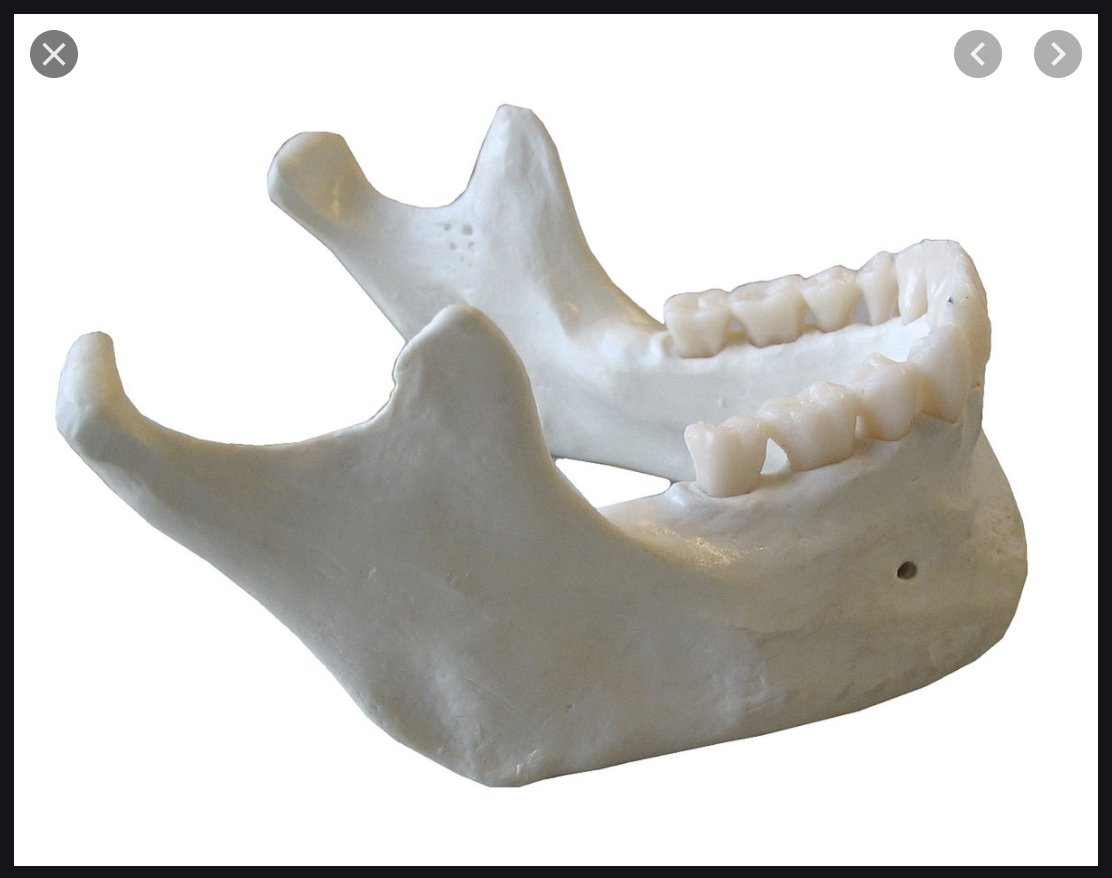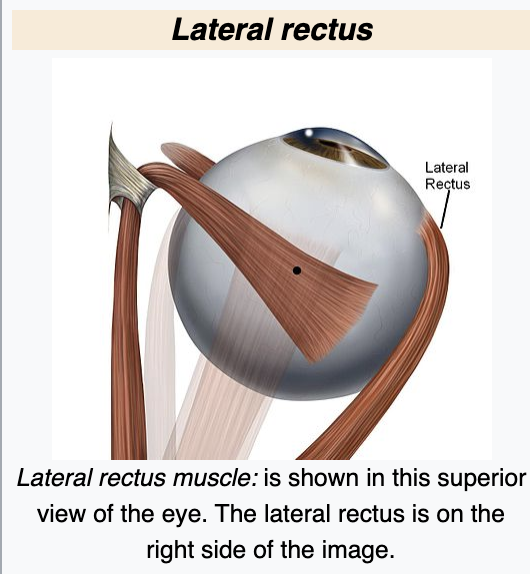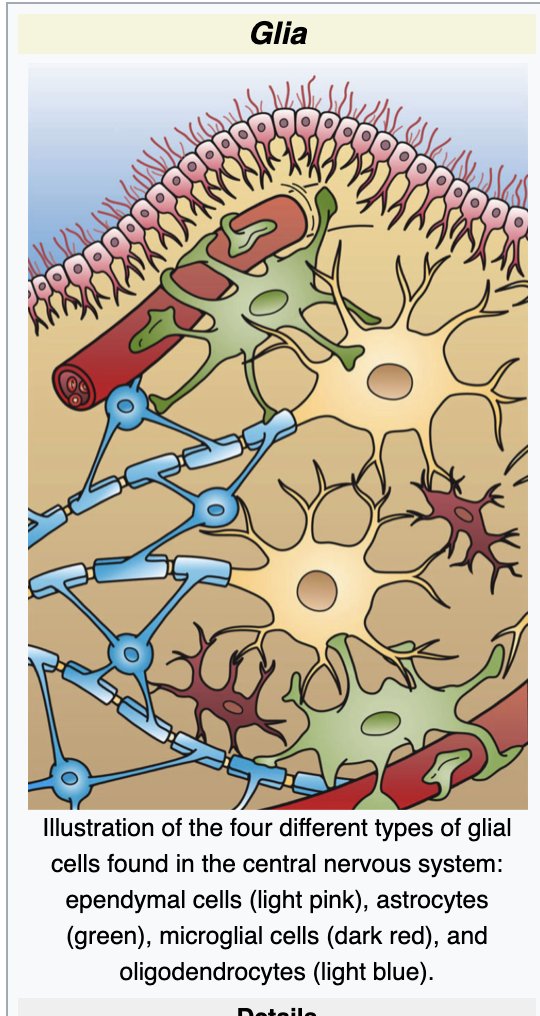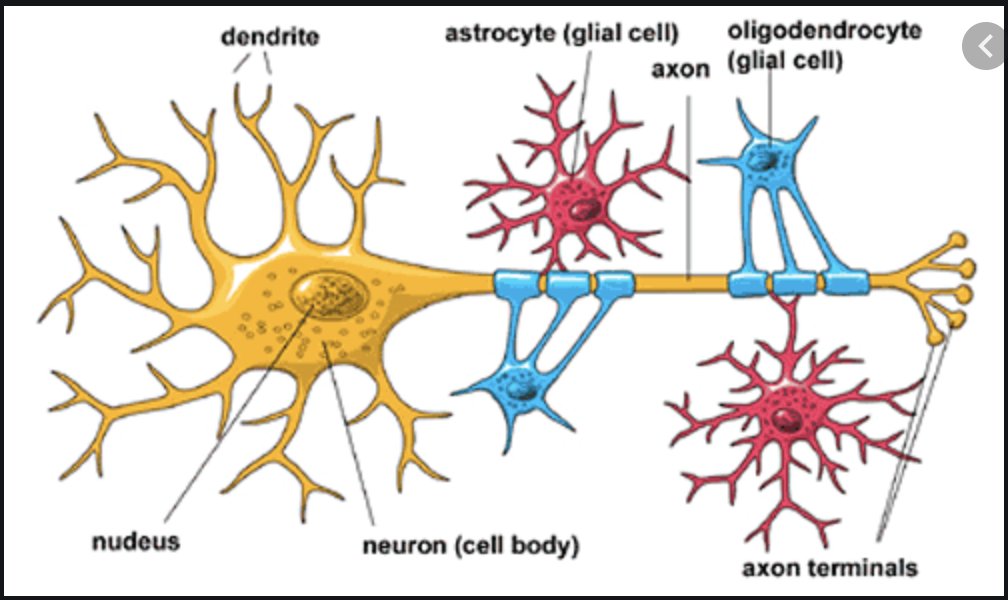Going to start an anatomy #stablethread.
First this amazing graphic of the cranial nerve. Cranial nerves are interesting because they exit directly from the skull rather than through the spinal cord. One of the most interesting ones is the vagal nerve https://twitter.com/chercher_ai/status/1316397967084007426?s=19">https://twitter.com/chercher_...
First this amazing graphic of the cranial nerve. Cranial nerves are interesting because they exit directly from the skull rather than through the spinal cord. One of the most interesting ones is the vagal nerve https://twitter.com/chercher_ai/status/1316397967084007426?s=19">https://twitter.com/chercher_...
Its interesting because its a cranial nerve but instead of staying around the head in descends all the way down to the internal organs and innervates them giving them juicy relaxing neurotransmitters which make us feel all fuzzy inside.
I was prompted by this tweet to dig into which cranial nerve is related to Bells Palsy and its the facial nerve. Ive had issues with this nerve as well because of a operation gone wrong on my Tendomanibular joint https://twitter.com/podcastnotes/status/1316411093124866048?s=19">https://twitter.com/podcastno...
Just had some really important embodied understandings of the front part of the throat and all the muscles there. The tongue and the muscles of the front part of the throat are intimately connected. The center piece is the hyoid bone seen here which floats https://twitter.com/chercher_ai/status/1316433767024807937?s=19">https://twitter.com/chercher_...
The layers of spinal muscles are so interesting and influential. I& #39;ve been digging deep into the suboccipital muscles. The top two vertebrae in the spine (Atlas and Axis) are where the skull meets the spine. Move your head around, feel how much mobility there is.
This mobility is intimately tied to these two vertebrae and how the suboccipitals manage some of the movements (along with ALOT of other tiny and large muscles). This mobility also comes at a cost of less stability.
Another interesting thing about the suboccipitals is there intimate connection with the eye muscles and how we move our head. The eyes are so important for sensory signals of what is dangerous and they define movement for the rest of the body in dangerous situations.
Now for divergent detour into cellular anatomy!
Its turtles all the way down.
Your cells have a skeleton as well! Its called a cytoskeleton. There are countless types of cells and they probably don& #39;t all look like this, but its fascinating to imagine.
Its turtles all the way down.
Your cells have a skeleton as well! Its called a cytoskeleton. There are countless types of cells and they probably don& #39;t all look like this, but its fascinating to imagine.
One of the most interesting things I& #39;ve learned about cells recently is they don& #39;t exist in isolation, floating around in some sort of liquid, as we are taught in early school. There is something called an integrin that attaches one cell to another across cellular membranes
There is a word in anatomy that you may have heard of before:
Interoception.
This is our sense of having an internal life, or an inwardness to our internal experience. Its highly tied up with our sense of self. It is the brother to the more external proprioception.
Interoception.
This is our sense of having an internal life, or an inwardness to our internal experience. Its highly tied up with our sense of self. It is the brother to the more external proprioception.
Right now, see if you can locate your sense of your heart beating. That is interoception. As with all senses, it is regulated by neurons. Instead of being related to skeletal muscles and our sense of agency through movement, its related to this sense of intimacy with self.
With proprioception, the sense of relative movement of limbs, there are motor units in the joints and skeletal muscles and mechanoreceptors in the skin (and joints). With interoception the nerves that give feedback are in the mucous membranes of respiratory and digestive systems
I still haven& #39;t found out why the mucous membranes are so important to interoception (please share if you do), but this clue that they are in the respiratory and digestive systems is fascinating. Let& #39;s talk about membranes and boundaries! They are everywhere in life!
If you are a strict ideologue you will have a reaction to that word boundary, barrier, wall: either in favor or against.
Yet a human body and the anatomy of a cell give us clues that it ain& #39;t so simple. Let& #39;s consider the skin. Skin keeps out a lot of things. It also lets in.
Yet a human body and the anatomy of a cell give us clues that it ain& #39;t so simple. Let& #39;s consider the skin. Skin keeps out a lot of things. It also lets in.
There is nowhere in the organism world where no boundaries exist. Even at the basic cellular level, there is a cell membrane where the cell decides what shall enter (food) and what shall not (things that will destroy the cell).
So its telling that the nerve endings for feedback fo the sense of interoception line the respiratory and digestive tracks. We have the skin, but that is not the only boundary that humans have. We don& #39;t eat or breathe through our skin. We need another way to protect yet nourish
This sense of interoception leads to our sense of an individual, a complete unit that is separate (yet also connected through boundaries). It is such a fascinating sense. Often people say we have 5 senses. This is not really accurate. It& #39;s a division that helps us learn.
Now on to the endocrine system so that I can use this tweet in another thread:
This is the hypothalamus. It is the bridge between the central nervous system (brain, spine) and the endocrine system (hormones). It receives and sends messages about the ANS, autonomic nervous system
This is the hypothalamus. It is the bridge between the central nervous system (brain, spine) and the endocrine system (hormones). It receives and sends messages about the ANS, autonomic nervous system
I still don& #39;t understand motor units so I& #39;m going to use my unwitting Twitter followers as my bidirectional self-teaching patsies while on a bus in Brazil  https://abs.twimg.com/emoji/v2/... draggable="false" alt="🤣" title="Lachend auf dem Boden rollen" aria-label="Emoji: Lachend auf dem Boden rollen">
https://abs.twimg.com/emoji/v2/... draggable="false" alt="🤣" title="Lachend auf dem Boden rollen" aria-label="Emoji: Lachend auf dem Boden rollen">
A motor unit receives messages from the central nervous system to move a muscle through tightening and relaxing muscles
A motor unit receives messages from the central nervous system to move a muscle through tightening and relaxing muscles
I& #39;m trying to visualise this cue in particular because I know it has a lot to do with global and target muscle tonus (what is the baseline relaxation for a muscle). I know that in my own journey the more relaxation I can find in my muscles, the ligther and freer my body feels.
In my opinion our society has an obsession with myopia and few understand the whole in relation to the parts. This is clear in anatomy where the consensus views phenomena almost primarily through a dissective lens. Knowledge of parts is useless when abstracted from the whole.
Let us consider the face. In our imagination, we can go and say that the face is its own thing, separate from the feet. They are so far away!
Yet in reality we walk around on two feet and so our head and face are directly related to the status of our feet. Gravity everpresent.
Yet in reality we walk around on two feet and so our head and face are directly related to the status of our feet. Gravity everpresent.
With that in mind lets use our dissective lens and then reconnect it with the whole. The beginning of this thread mentions the cranial nerves. I& #39;m going to focus in on one that has given me the most trouble:
The trigeminal nerve (motor and sensory neurons for parts of the face)
The trigeminal nerve (motor and sensory neurons for parts of the face)
There is a fascinating group of muscles in the face called the muscles of mastication. These muscles are responsible for the extremely powerful jaw muscles which allowed our ancestors to chew uncooked flesh. Another interesting fact is that their joint is a joint with two sides
It& #39;s the only joint that I know of which has two sides to it unless you consider the whole pelvis to be a joint. Joints and muscles go together like wine and cheese so this is an important distinction when considering the jaw and its powerful muscles.
Now lets go back to the nerves. Muscles cannot function without nerves so they are integral to our whole body understanding. The trigeminal nerve innervates these powerful muscles, yet also implicates two other important structures which are quite surprising:
1. The digastric muscle is a very important muscle for swallowing as it attaches to the hyoid bone which is mentioned in the attached tweet.
https://twitter.com/StewartalsopIII/status/1316436620627922947?s=20">https://twitter.com/Stewartal...
https://twitter.com/StewartalsopIII/status/1316436620627922947?s=20">https://twitter.com/Stewartal...
2. The ophthalmic nerve of which provides sensory nerves to the anterior lateral muscle of the neck.
So if you have something going on with your muscles of mastication (hello TMD or teeth grinding!) it is not only an issue of those muscles of mastication but also the face
So if you have something going on with your muscles of mastication (hello TMD or teeth grinding!) it is not only an issue of those muscles of mastication but also the face
The eyes themselves are very much in relation to how the feet move as well because the eyes want to find a balance with the horizon and the eyes will contort the spine if the proper relationship with the earth is not found. You can see this in people who have their heads tilted
I don& #39;t mean to pick on @patrickc, but his picture is the first example that came to mind. I only see it because I have dealt with this myself.
There are thousands of different patterns like this, many of which are described by @AnatomyTrains where subtle misalignments are seen
There are thousands of different patterns like this, many of which are described by @AnatomyTrains where subtle misalignments are seen
Again to take it back to the point. We can look at different muscles and nerves but unless their function is brought back to the whole organism and then the organism& #39;s relationship to the planet, I think we do ourselves a disservice and miss the forest for the trees.
Glial cells:
Many of you may have heard of fascia, which was ignored by anatomists and doctors for quite some time.
Glial cells have also been mostly ignored by the consensus even though they make up 80% of the brain. The stuff they are finding out now is wild.
Many of you may have heard of fascia, which was ignored by anatomists and doctors for quite some time.
Glial cells have also been mostly ignored by the consensus even though they make up 80% of the brain. The stuff they are finding out now is wild.
An interesting fact:
When they studied Albert Einstein& #39;s brain, the major difference they found between him and smart doctors was that he had a higher ratio of glial cells to neurons. This ratio of glia to neurons is also what separates humans from other animals.
When they studied Albert Einstein& #39;s brain, the major difference they found between him and smart doctors was that he had a higher ratio of glial cells to neurons. This ratio of glia to neurons is also what separates humans from other animals.
This thread is mostly meant to help me study by practicing spaced repetition memorization. I went back to the original thread and realized that I didn& #39;t know where the cranial nerves exit from the skull. Google images is an anatomy lab. Here are the exits
https://twitter.com/StewartalsopIII/status/1316410348971479046?s=20">https://twitter.com/Stewartal...
https://twitter.com/StewartalsopIII/status/1316410348971479046?s=20">https://twitter.com/Stewartal...

 Read on Twitter
Read on Twitter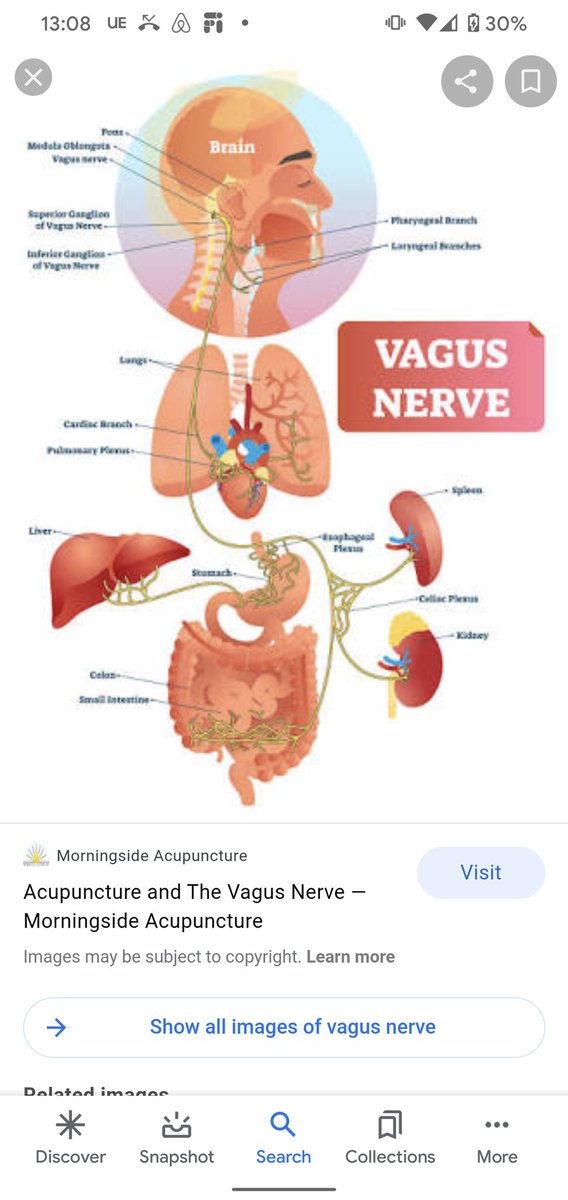
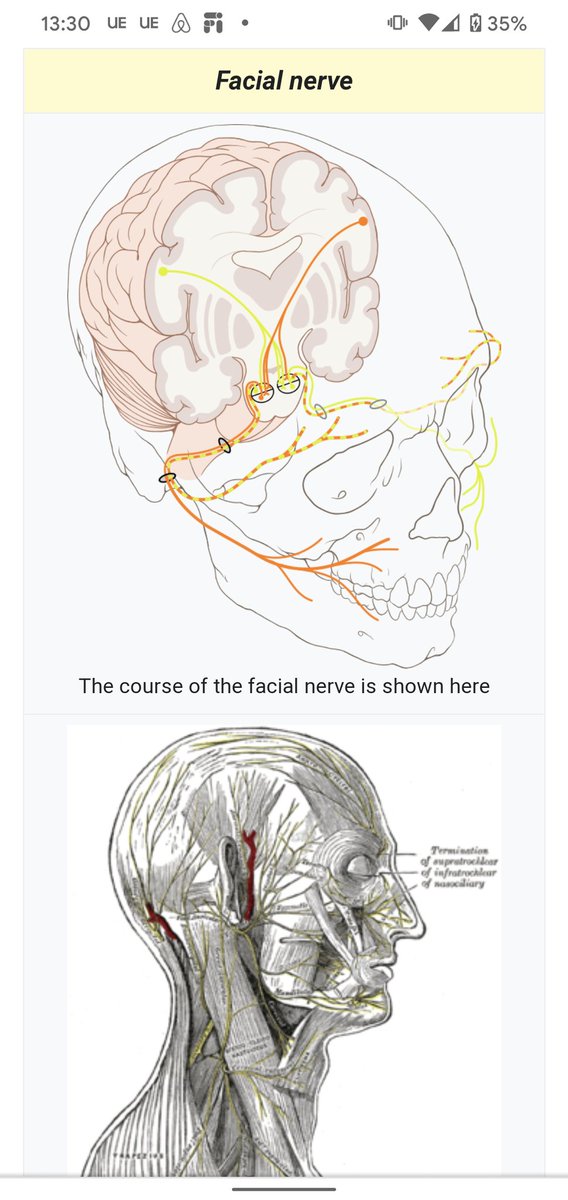
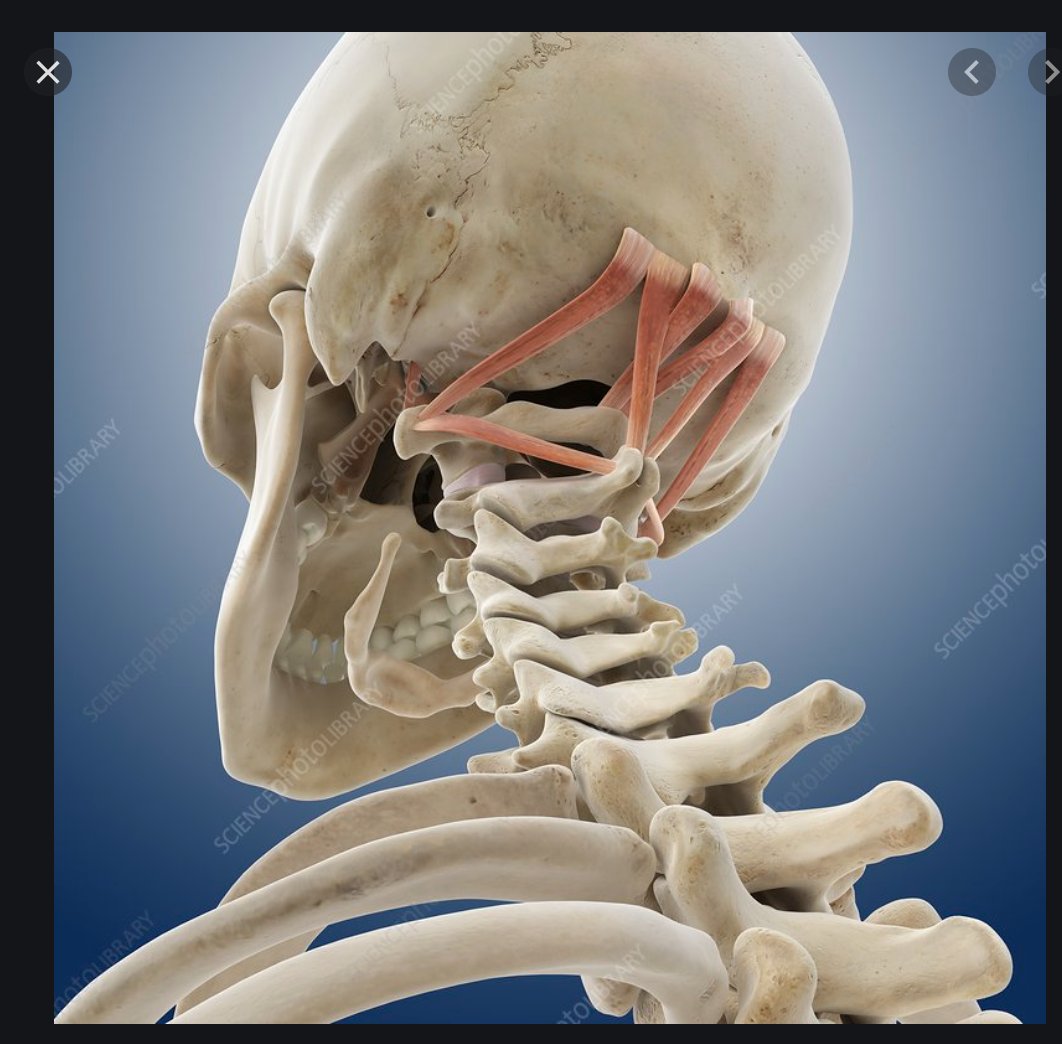

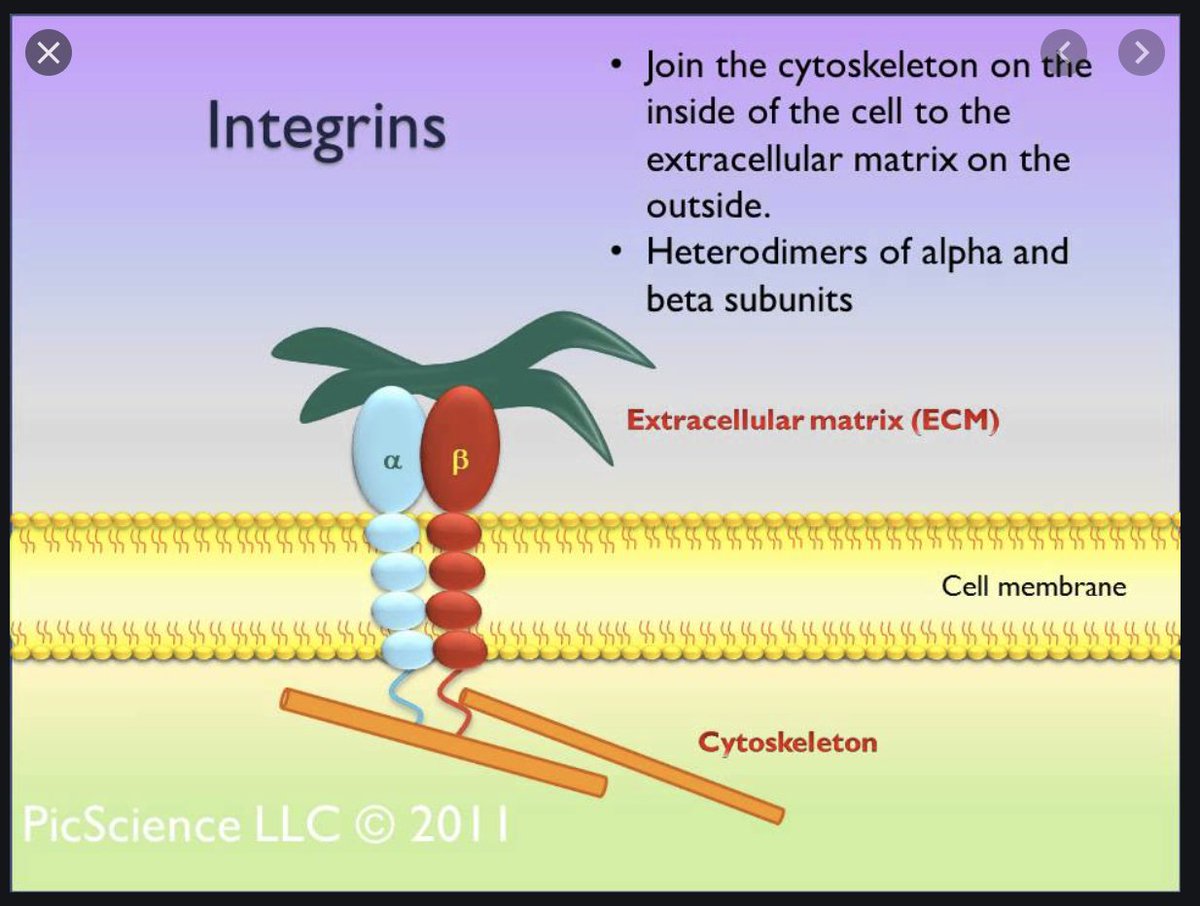
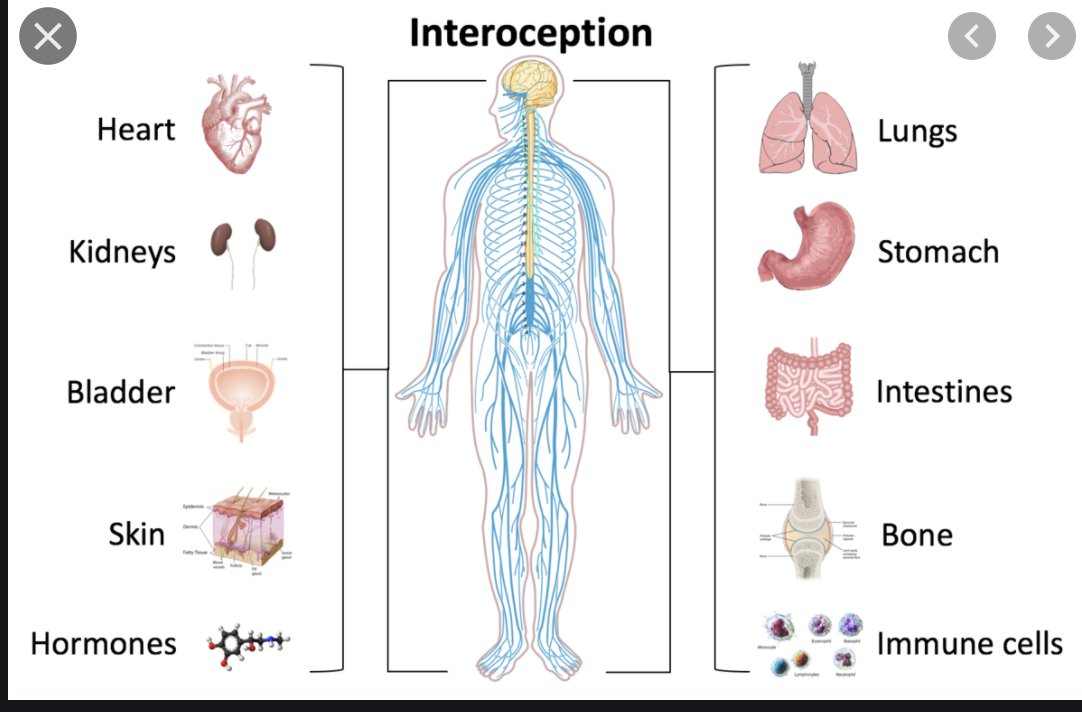


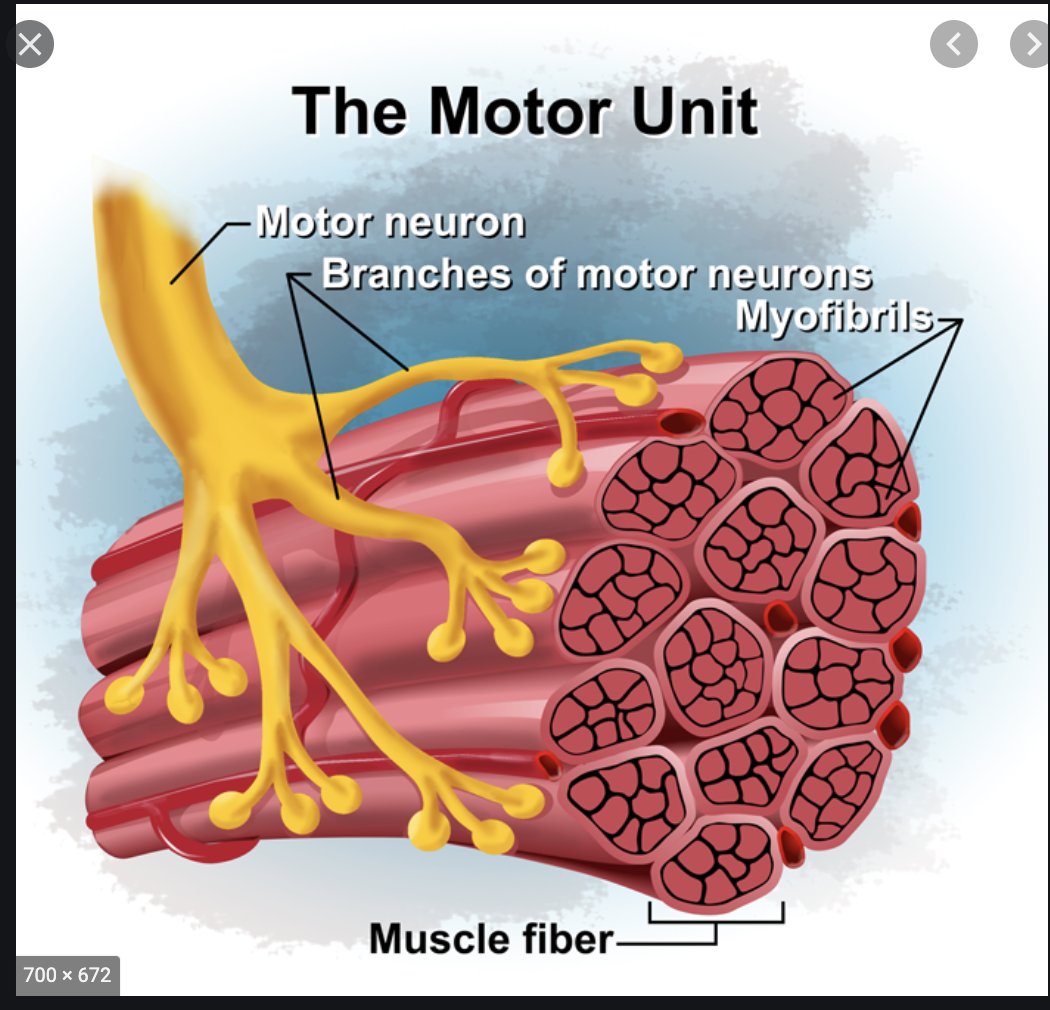 A motor unit receives messages from the central nervous system to move a muscle through tightening and relaxing muscles" title="I still don& #39;t understand motor units so I& #39;m going to use my unwitting Twitter followers as my bidirectional self-teaching patsies while on a bus in Brazil https://abs.twimg.com/emoji/v2/... draggable="false" alt="🤣" title="Lachend auf dem Boden rollen" aria-label="Emoji: Lachend auf dem Boden rollen">A motor unit receives messages from the central nervous system to move a muscle through tightening and relaxing muscles" class="img-responsive" style="max-width:100%;"/>
A motor unit receives messages from the central nervous system to move a muscle through tightening and relaxing muscles" title="I still don& #39;t understand motor units so I& #39;m going to use my unwitting Twitter followers as my bidirectional self-teaching patsies while on a bus in Brazil https://abs.twimg.com/emoji/v2/... draggable="false" alt="🤣" title="Lachend auf dem Boden rollen" aria-label="Emoji: Lachend auf dem Boden rollen">A motor unit receives messages from the central nervous system to move a muscle through tightening and relaxing muscles" class="img-responsive" style="max-width:100%;"/>
